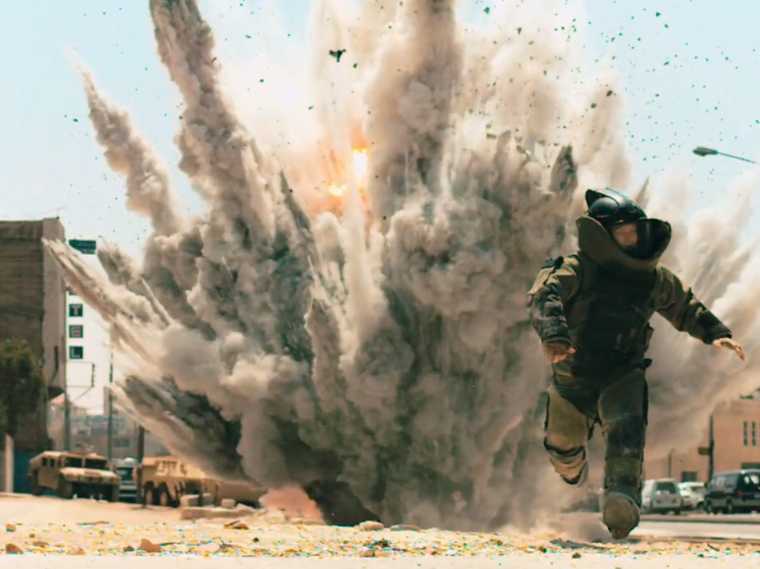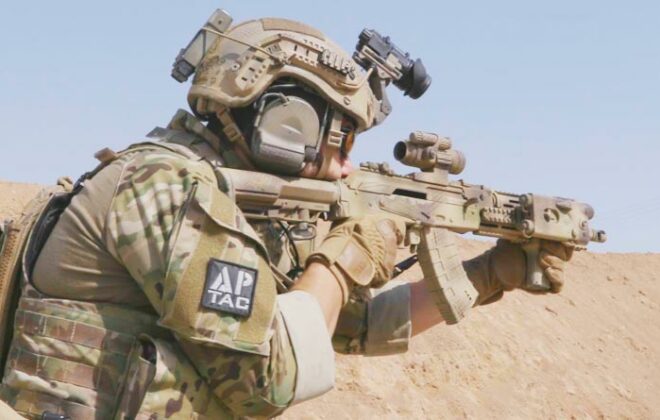Wounding patterns of blast injury

The wounding patterns of blast injuries are well known to any military medic who has served recently on operations, with Improvised Explosive Devices (IEDs) constituting a significant proportion of the casualties on the battlefields of Iraq and Afghanistan. Sadly the IED threat is no longer confined to war zones, with a series of high profile, mass-casualty IED terror events occurring in places of mass gathering in first-world countries in recent years.
Terrorists have come to favour explosives because of their proven ability to inflict mass casualties, cause fear and disruption in the community and attract media interest (ANZCTC 2016).
Recent mass-casualty events of international significance include the Boston Marathon bombing of April 2013, the Charlie Hebdo shootings of January 2015 and the November attacks in Paris the same year. More recently we have seen the airport bombings in Brussels and Istanbul, and once again another mass-casualty terrorist attack in France when a truck bomb exploded on 14 July 2016, killing 84 people and injuring in excess of 300 more.
Turkish President Recep Tayyip Erdogan made the following poignant statement on the day of the Istanbul Airport bombing:
“The bombs that exploded in Istanbul today could have gone off at any airport in any city around the world” (bbc.com, 2016)
With that thought in mind it is important that first responders and civilian medical staff have an understanding of the patterns of injury associated with blast, as to be best prepared for the very real possibility that a mass-casualty incident occurs in their city. There are some outstanding lessons to be learned from the experiences of the French medical responders in the wake of the multisite terror attacks around Paris in November 2015 (Hirsch M 2015), and I encourage readers to pursue that reference. This article presents an overview of the specific wounding patterns of blast to better inform medical responders of the constellations of injury patterns following blast, as to be able to manage not only the obvious, but also the unseen life-threatening injuries.
Injuries from IED blasts occur from a variety of different mechanisms relating to the specific causative mechanism. It is internationally accepted that there are four distinct phases of blast injury (CDC 2016), which are presented below. Naturally these specific injury patterns don’t occur in isolation, and will occur concurrently in the blast-injured patient. It is however useful to study them in isolation, and it is important for the treating medical team to be aware of the less obvious internal injury profiles associated with blast injuries. For the first responder the highest priority is always stopping catastrophic bleeding.
Primary Blast Injury
Primary blast injury results from the over-pressurisation wave emanating from high-explosive charges interacting with body surfaces. It primarily affects the gas filled structures of the body including the lungs, intestines and eardrums, in extreme cases causing these structures to rupture. It can also result in eyeball rupture and Traumatic Brain Injury and concussion.
The invisible blast pressure wave travels just in front of the explosion and debris caused by the blast and is illustrated nicely in the following slow motion video of a high-explosive blast.
Primary blast injury occurs due to changes in velocity of the blast pressure wave as it moves between tissues of different densities. When this occurs the blast wave either accelerates (when moving from high to low densities) or decelerates (when moving from low to high densities). These changes in velocity of the blast wave cause increased energy to be dissipated into the surrounding tissues resulting in damage. The best example is perhaps as the blast wave passes through the chest of a casualty. Initially the wave hits the chest wall and decelerates as it begins to move through the skin, soft tissues, muscles and bones of the chest wall. As the blast wave moves into the air-filled lungs however the density of the tissue decreases significantly and the blast wave accelerates, causing increased damage. The opposite occurs as the wave hits the other side of the chest wall and decelerates again, once again causing increased damage. The resultant injury to the lung is known as blast lung, and can cause insidious deterioration in lung function over a period of hours to days after blast exposure as fluid leaks into the lungs as a result of the damage caused by the pressure wave.
More on http://tacmedaustralia.com.au/graphic-wounding-patterns-blast-injury/
Related Posts
Leave a Reply Cancel reply
You must be logged in to post a comment.
Categories
- Defcon3.ch (4)
- documents (1)
- Equipment (10)
- Media (1)
- Medic & Care (3)
- practice (8)
- warrior (4)




